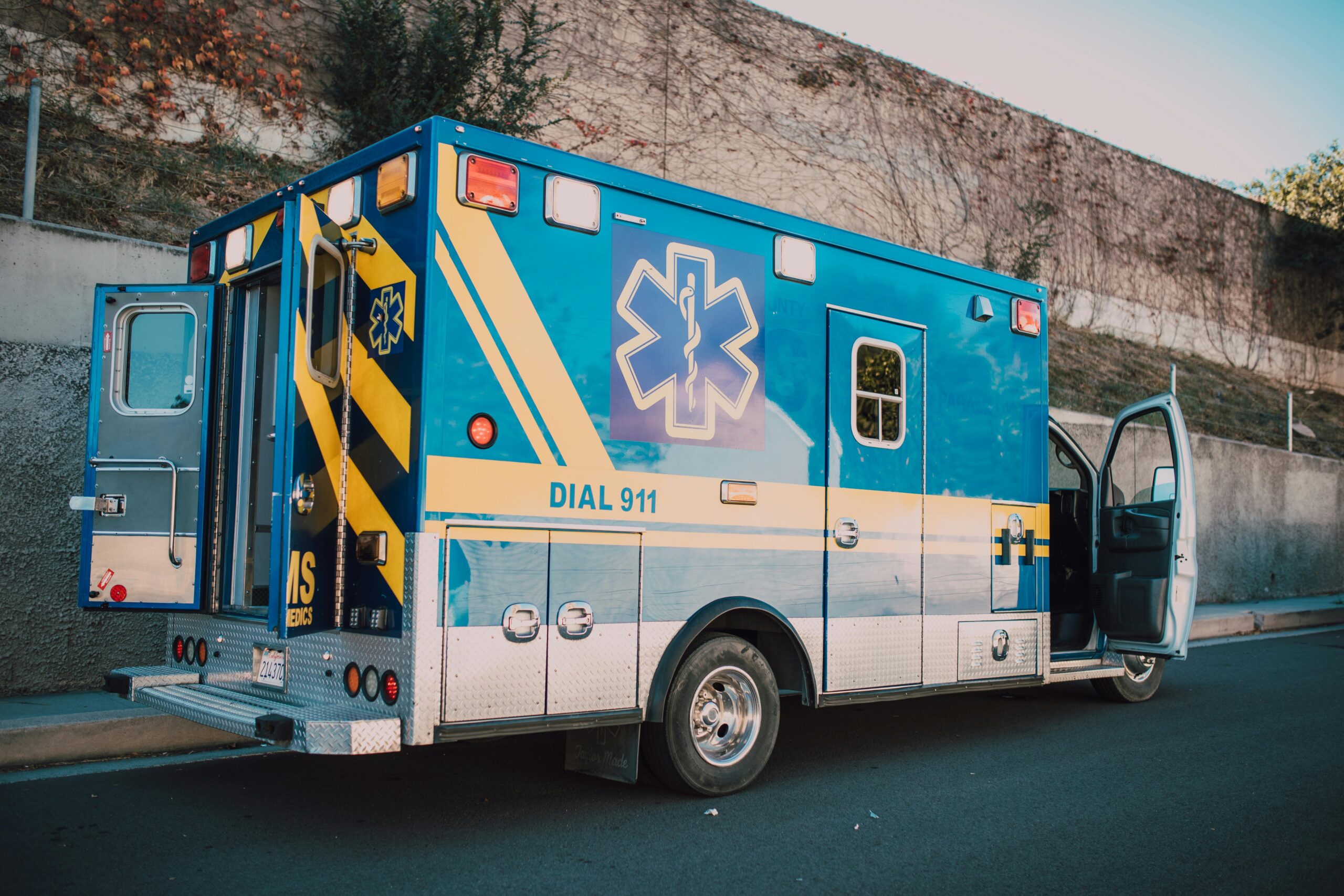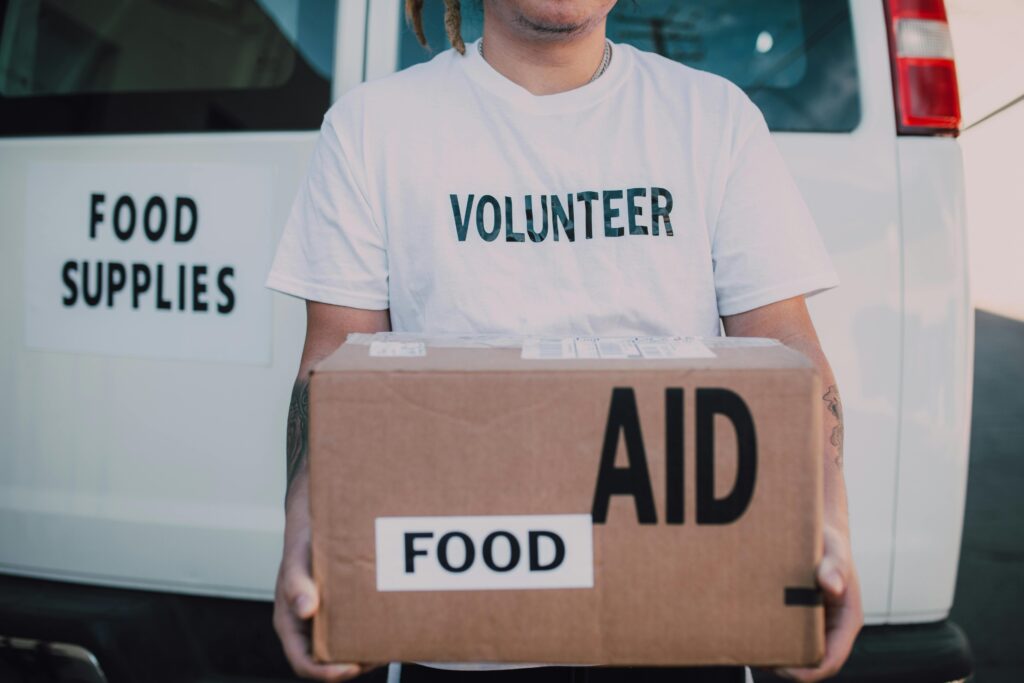Ever been stuck in a foreign hospital with no idea how to get home? Yeah, it’s not fun. Medical emergencies abroad can be terrifying—not just for your health but for the logistical nightmare they bring. That’s where repatriation insurance steps in, and understanding medical repatriation steps can save you thousands of dollars and untold stress.
In this post, we’ll break down everything about medical repatriation: from why it’s crucial to detailed steps on how it works. By the end, you’ll know exactly what to do if you ever find yourself needing emergency transport back home after falling ill overseas.
Table of Contents
- Key Takeaways
- The Problem with Medical Emergencies Abroad
- Step-by-Step Guide to Medical Repatriation
- Tips for Smoother Repatriation Processes
- Real-Life Examples
- FAQs About Medical Repatriation Steps
- Conclusion
Key Takeaways
- Repatriation insurance is essential for covering costs associated with medical evacuations.
- Understanding medical repatriation steps ensures faster resolution during emergencies.
- Pre-travel preparation, including purchasing the right policy, minimizes future risks.
The Problem with Medical Emergencies Abroad

Alt Text: A traveler sits in a hospital bed stressed over medical bills
I once ignored travel insurance because I thought “nothing bad will happen.” Spoiler alert: something did. After twisting my ankle hiking in Peru, I faced an astronomical bill for local care—and no way to safely return home. Lesson learned? Always plan ahead! Medical emergencies abroad pose unique challenges:
- Language barriers hinder communication.
- Costs skyrocket without adequate coverage.
- Hospitals abroad may lack advanced facilities.
If you’re unprepared, these factors alone could mean financial ruin or worse—staying stranded indefinitely. But here’s some reassuring news: following proper medical repatriation steps makes all the difference.
Step-by-Step Guide to Medical Repatriation
Optimist You: “Just follow these steps!”
Grumpy You: “Yeah, okay—but only if coffee’s involved.”
Step 1: Contact Your Insurance Provider Immediately
Your first move should be contacting your repatriation insurance provider. Most policies require immediate notification within 48 hours of admission. Failing to do so might invalidate claims later.
Step 2: Gather Necessary Documents
- Passport copies
- Insurance policy details
- Medical reports
Having these ready speeds up approval processes significantly.
Step 3: Undergo the Assessment Process
A medical assessor evaluates whether repatriation is necessary. This involves checking your condition against transport safety criteria (e.g., stable vitals).
Step 4: Follow the Transport Logistics
Once approved, arrangements are made for either ground ambulance, air ambulance, or commercial flight stretcher service depending on urgency and location.
Step 5: Document Everything Post-Trip
Save receipts, letters from doctors, and any correspondence related to your case. These documents help process reimbursements efficiently.
Tips for Smoother Repatriation Processes
- Purchase comprehensive repatriation insurance BEFORE traveling. Skip annual policies if uncertain; opt for trip-specific ones instead.
- Understand exclusions thoroughly—you don’t want surprises like pre-existing conditions voiding coverage.
- Keep digital + physical copies of critical info handy.
Real-Life Examples

Alt Text: An air ambulance preparing for nighttime takeoff
Consider Sarah from Australia who fell ill while holidaying in Italy. Thanks to her foresight in buying repatriation insurance, she was flown home via air ambulance mere days after stabilizing. Contrast that with Mark, whose lack of coverage left him stuck footing $80k in fees out-of-pocket!
FAQs About Medical Repatriation Steps
What Does Repatriation Insurance Cover?
This typically includes transportation costs, hospital stays until fit for travel, plus escort services if needed.
How Long Does It Take to Organize?
Depending on complexity, anywhere from hours to several days. Faster responses hinge heavily upon swift initial contact with insurers.
Can I Choose My Return Hospital?
Sometimes yes, though ultimately decisions rest on ensuring safe transit conditions tailored around individual needs.
Conclusion
Medical repatriation steps might feel overwhelming initially, but breaking them into manageable chunks helps immensely. Remember, proactive planning prevents panic later. Ensure you have solid repatriation insurance, stay informed about procedures, and always prioritize health above all else.
Like a retro GameBoy console, good insurance provides comfort amidst chaos.


